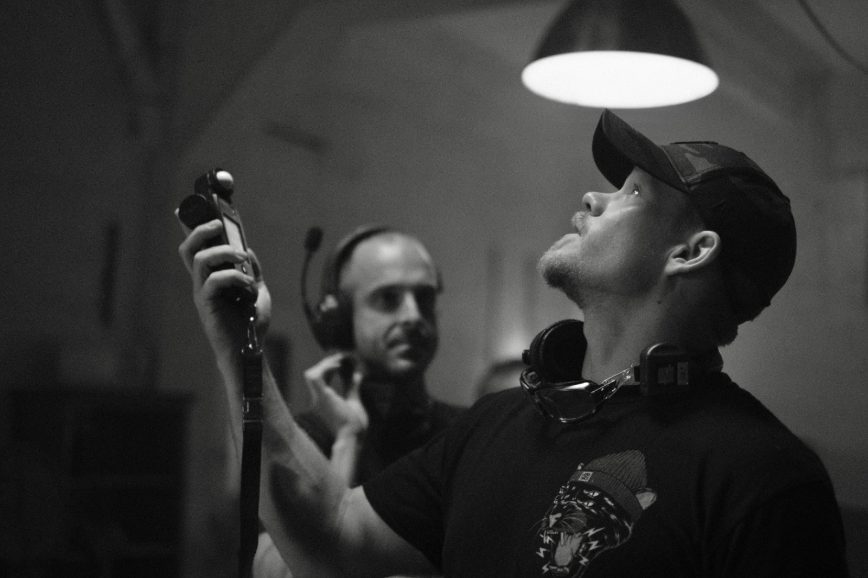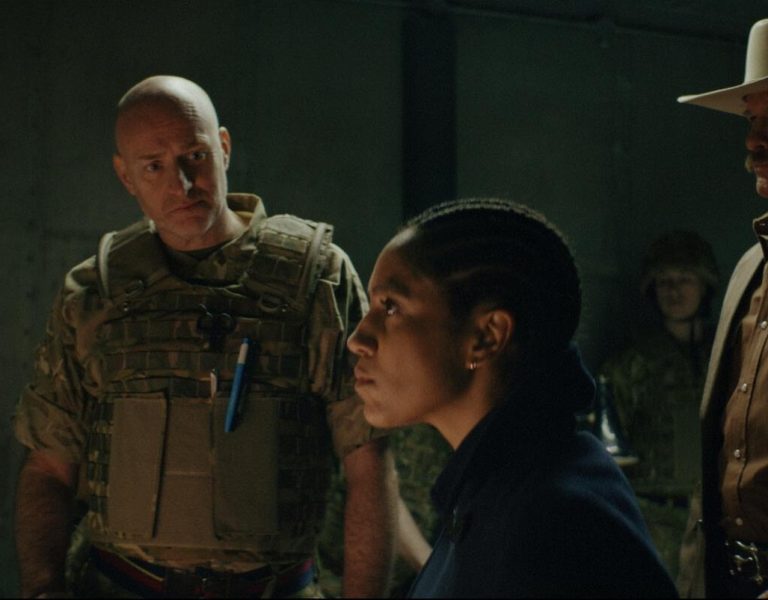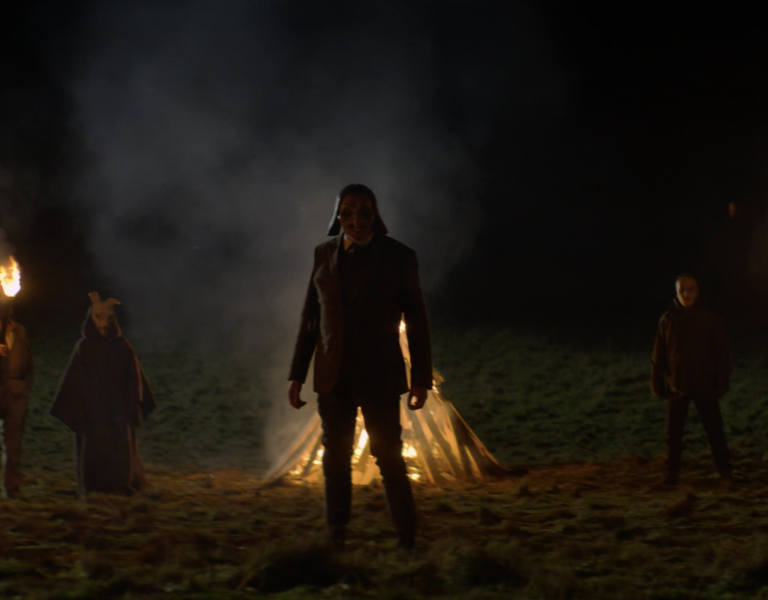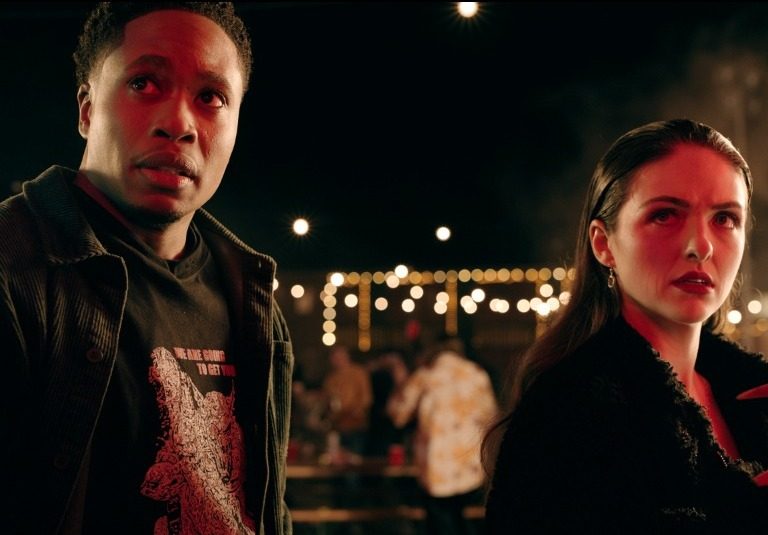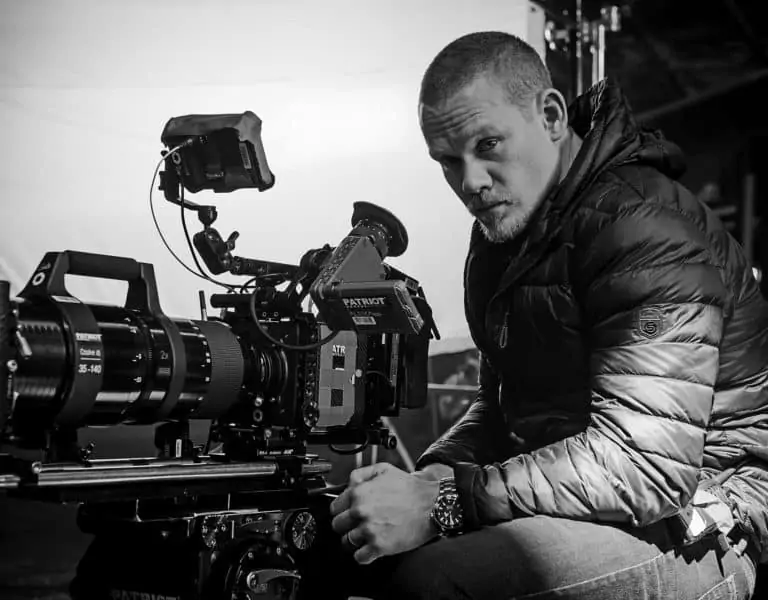What interested you most about the project? How did you collaborate with the director?
I met Neil Marshall initially in 2020, via a mutual friend, and we hit it off immediately. Both sharing a love for old school Hollywood action films. In 2022 he sent me the script for Duchess and I loved it, a tropical take on London crime syndicates trafficking diamonds, but with a Marshall twist of course. It had strong lead characters and a great ensemble cast.
What were some of the visual and creative inspirations behind the look of the film?
There were a few films that we touched upon before creating our own look for the film. Layer Cake was one (shot by Ben Davis BSC ASC) with a similar tone and style, with a large scale look to it, but was actually shot on a budget very similar to ours, so I knew it was possible. The Cooke Xtal Express lenses they used were an inspiration for me to use anamorphics on Duchess.
We are both massive fans of Tony Scott and so one big reference was Man on Fire. Set in Mexico, we wanted to create similar vibrant tones and contrast for the daytime scenes, but also that grungy underground look at night.
Other films were Casino Royale, Atomic Blonde and some 70s films like The French Connection.
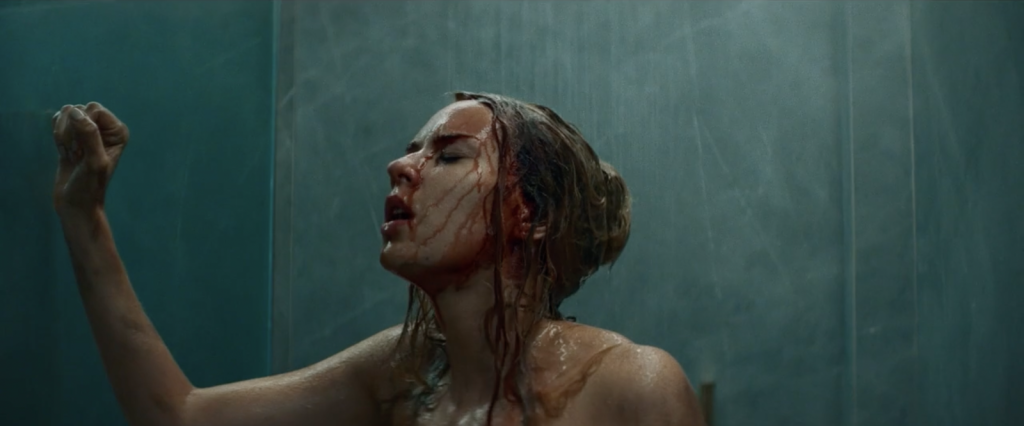
Duchess sees a lot of strong lighting choices and different colour palettes – what was the motivation behind these choices?
We had a lot of locations in the film, shooting in a new one almost every day. So we really wanted to separate them and give them their own colour palette and tone, but in-keeping with reality and driving the story forward.
With 99% of the film being shot in Tenerife, it was key to separate our London interiors and Tenerife locations. We went with a more de-saturated cooler/greener vibe for the UK with sodium vapour in some exteriors, and a sexy purple/blue theme for the nightclub. But then when it came to Tenerife we wanted it to feel hot and vibrant during the daytime, but then at night we wanted it to feel dirty and dangerous, so neons, dirty yellows and greens. I am a big believer in using colours and contrast to aid a story. Something we had the opportunity to use a lot of in this film.
Whilst doing the recce’s, I shot stills on my Fuji XT4 and found it suited the style we were after, so we based our LUT’s around a Fuji stock and then tweaked them from there.
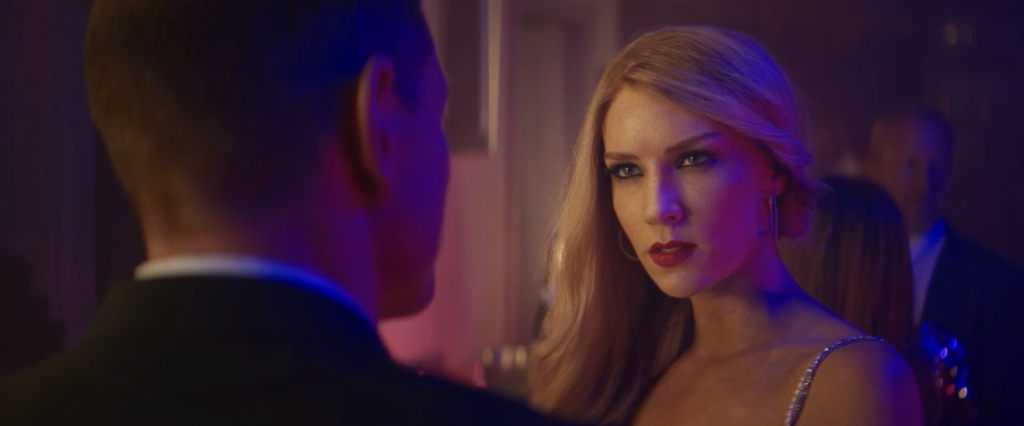
How was it shooting the action sequences? Had you had much experience in that area before?
The action sequences were really fun to film. I have shot a lot of them in the past, particularly on Legacy of Lies. There are always new challenges, like with every film, but it’s always about pushing the boundaries and seeing what’s possible. On this we tried to do a few oners using the Ronin 2 and big movements with a crane going into a hand off and then sometimes onto a tracking vehicle. These worked really well with keeping the audience amongst all the action, but ultimately sometimes it doesn’t work for the edit and they are cut up or cut short when in post.
What gear and film package did you use for the shoot?
We shot on the Alexa Mini with Hawk V-lites from the hire house EPC Canaries. For around 10 days of the shoot we had a 2nd camera, usually for dialogue heavy days or ones where there was a lot of action. We shot on RAW and I tweaked dailies with my DIT Isaac Perez each lunchtime and on wrap, so that I knew our dailies would always look like what we had set out to achieve.
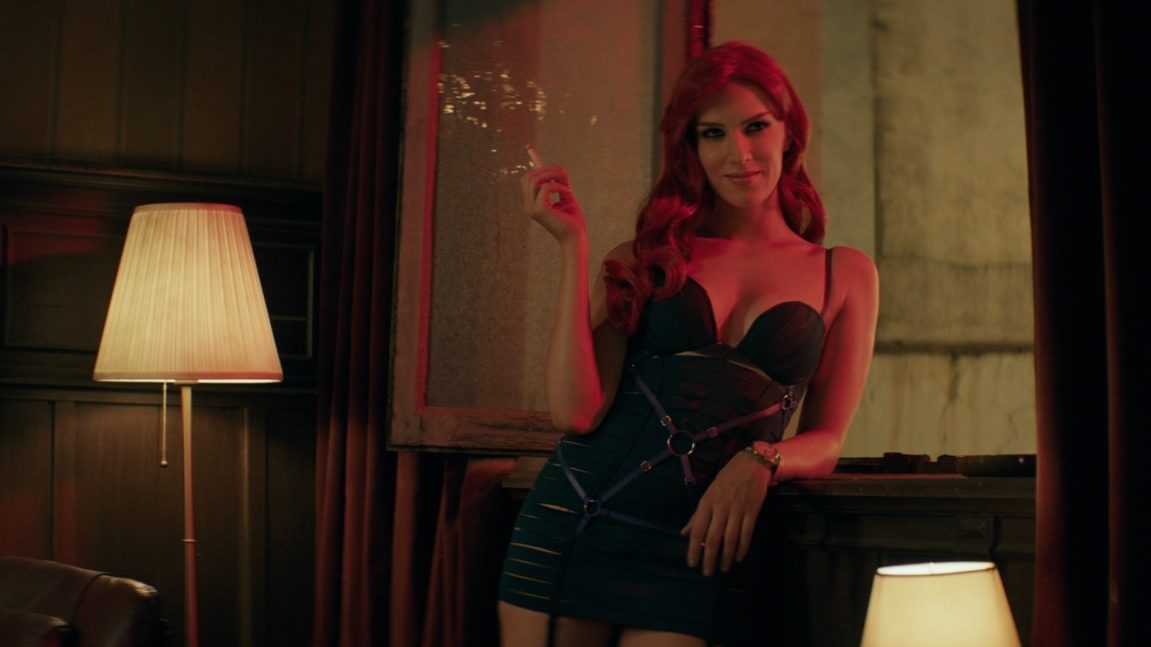
What was your favourite scene to shoot?
I think it has to be between the car explosion and the scene in the desert. I hadn’t done either before, (other than when I was a SFX tech many years ago now). Explosions are always fun but the desert scene tips it, as it was such a stunning location to shoot in, with the scale and texture of the huge rock faces around us in that remote dry desert area was very imposing and the perfect place for the execution scene. Myself and grader Jamie Welsh (LipSync) took a risk when grading it and tried to move away from the saturated villa scenes and make the desert feel as hot and arid as it felt on the day, giving it a bleach bypass look, which turned out really nicely in the end.
What was the most challenging sequence to shoot?
The garage parking scene and the fight in the elevator were originally scheduled to be over two days, but ended up being pushed into just one. Not only that but it ended up being a night shoot. So I had to work extremely closely with our brilliant stunt coordinator Dacio Caballero and the actors, to capture the fights and fire arms being used to complete the day, as well as leaning heavily on my experience filming these types of scenes.
The camera, grip and lighting team in Tenerife were second to none, all of them incredibly hard working and with such energy and speed, it would not have been possible to complete the project in a mere 28 days without them.
